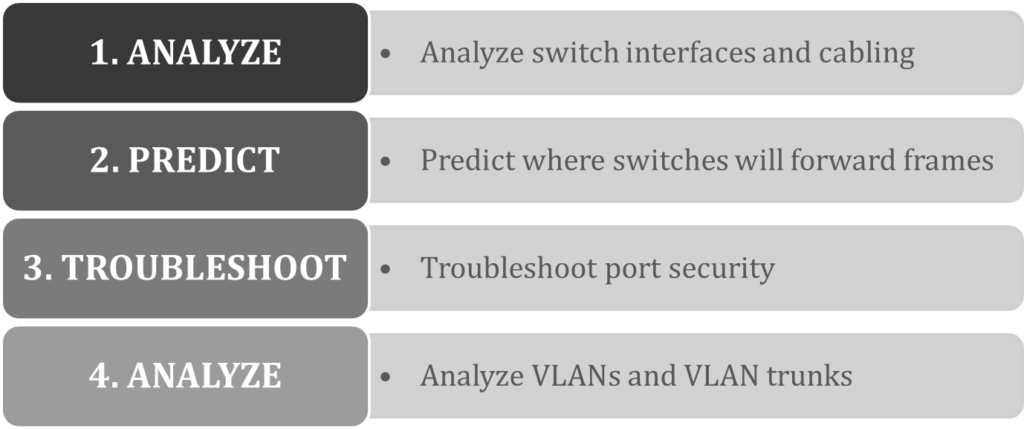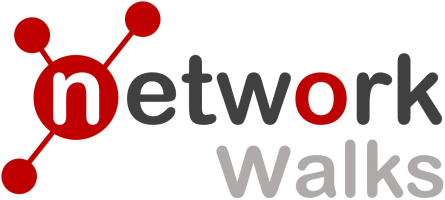
Network Assurance & troubleshooting is the act of finding network issues through a testable process and using provable methods to solve them. Network troubleshooting and assurance are implemented when there is a network failure or something bad happens to the network, to help diagnose and solve the issue. Network troubleshooting and assurance are implemented by network engineers to resolve network issues and improve operations
General Network Assurance & Troubleshooting Approach
A structured network troubleshooting method is simply a guideline throughout the troubleshooting process. There are many approaches that we can choose from. The key to all structured troubleshooting methods is the systematic elimination of hypothetical causes and narrowing down on the possible or potential causes. By systematically eliminating possible problem causes, you can reduce the scope of the problem until you manage to isolate and solve the problem. Some of the structured troubleshooting approaches are:
- TOP-DOWN APPROACH: Using this approach, you work from the OSI or TCP/IP models’ Application layer down to the Physical layer
- BOTTOM-UP APPROACH: Using this approach, you work from the OSI or TCP/IP models’ physical layer up to the Application layer
General Steps implemented during Network Troubleshooting
The following are the general network troubleshooting steps:
- Problem isolation and documentation: Problem isolation is the act of taking what you know about a potential issue, confirming that there is a problem, and determining which devices and cables could be part of the problem, and which ones are not part of the problem. This step also works best when someone troubleshooting the issue documents what they find, typically in a problem tracking system.
- Resolve or escalate: Problem isolation should eventually uncover the root cause of the problem—that is, the cause which, if fixed, will resolve the problem. In essence, resolving the problem means finding the root cause of the problem and fixing that problem. Of course, what do you do if you cannot find the root cause, or fix (resolve) that root cause once found? Escalate the problem. Many companies have a defined escalation process, with different levels of technical support and management support depending on whether the next step requires more technical expertise or management decision making.
- Verify or monitor: You hear of a problem, isolate the problem, document it, determine a possible root cause, and try to resolve it. Now you need to verify that it really worked. In some cases, that may mean that you just do a few show commands. In other cases, you may need to observe it over a period of time, especially when you don’t know the root cause of the problem initially
Layer2/Switching Verification & Network assurance
There are four simple steps that are recommended for basic Troubleshooting of Layer2 and Switching General Verification and Troubleshooting for Switching network include:

-End-
You might also be interested in our free Online Quizzes on all IT topics including Cisco CCNA, Cyber Security, Python Programming, Linux & Ethical Hacking:
Free Online Quizzes (Best for Cisco CCNA, Huawei HCNA, N+)
You can also view free study notes (Cheat sheets) for long term memory:
Networkwalks Summary Cheatsheets
 Network Assurance & troubleshooting is the act of finding network issues through a testable process and using provable methods to solve them. Network troubleshooting and assurance are implemented when there is a network failure or something bad happens to the network, to help diagnose and solve the issue. Network troubleshooting and assurance are implemented by network engineers to resolve network issues and improve operations
Network Assurance & troubleshooting is the act of finding network issues through a testable process and using provable methods to solve them. Network troubleshooting and assurance are implemented when there is a network failure or something bad happens to the network, to help diagnose and solve the issue. Network troubleshooting and assurance are implemented by network engineers to resolve network issues and improve operations

